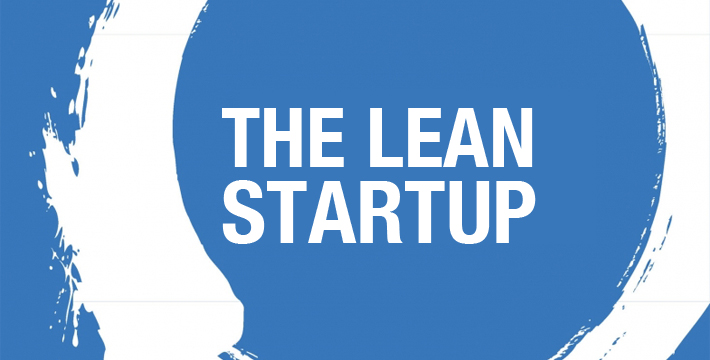Why the Lean Start - Up Changes Everything

Launching a new enterprise - whether it’s a tech start-up, a small business, or an initiative within a large corporation—has always been a hit-or-miss proposition. According to the decades-old formula, you write a business plan, pitch it to investors, assemble a team, introduce a product, and start selling as hard as you can. And somewhere in this sequence of events, you’ll probably suffer a fatal setback. The odds are not with you: As new research by Harvard Business School’s Shikhar Ghosh shows, 75% of all start-ups fail.
But recently an important countervailing force has emerged, one that can make the process of starting a company less risky. It’s a methodology called the “lean start-up,” and it favors experimentation over elaborate planning, customer feedback over intuition, and iterative design over traditional “big design up front” development. Although the methodology is just a few years old, its concepts—such as “minimum viable product” and “pivoting”—have quickly taken root in the start-up world, and business schools have already begun adapting their curricula to teach them.
The lean start-up movement hasn’t gone totally mainstream, however, and we have yet to feel its full impact. In many ways it is roughly where the big data movement was five years ago—consisting mainly of a buzzword that’s not yet widely understood, whose implications companies are just beginning to grasp. But as its practices spread, they’re turning the conventional wisdom about entrepreneurship on its head. New ventures of all kinds are attempting to improve their chances of success by following its principles of failing fast and continually learning. And despite the methodology’s name, in the long term some of its biggest payoffs may be gained by the large companies that embrace it.
In this article I’ll offer a brief overview of lean start-up techniques and how they’ve evolved. Most important, I’ll explain how, in combination with other business trends, they could ignite a new entrepreneurial economy.
